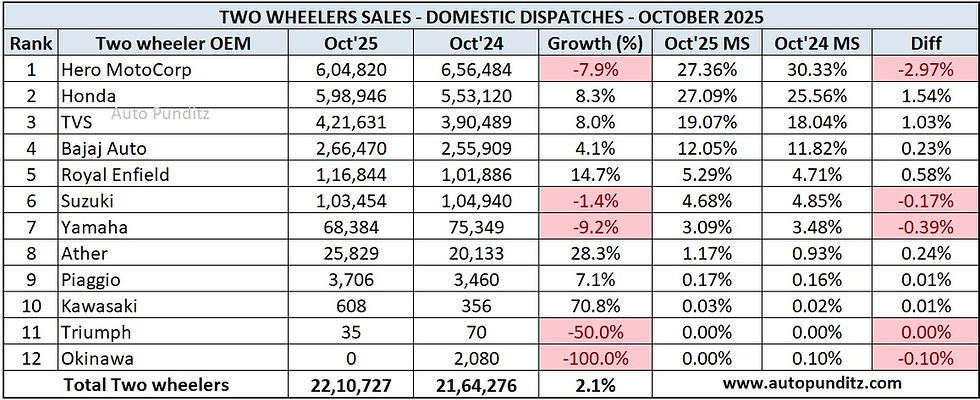Kia beats Maruti, Honda beats Hero & VE beats Tata in Segment Wise Dealership satisfaction Scores.
- managementpunditz

- Aug 3, 2021
- 3 min read
While we are always obsessed with customer satisfaction and how good or bad the OEM’s are scoring on the customer satisfaction index, it is worthwhile noticing the status of Channel Partner’s satisfaction, since they are the first customer of the OEMs.
Why is dealer Satisfaction important :
A motivated dealership is motivated to take care of the end customer.
A motivated dealership would be willing to invest in network expansions and increase the reach of the network. This will help in ease of transaction for customers.
A healthy sales network will attract more business houses to the OEM to participate in the channel expansion.
A happy dealership will continue to participate in all OEM SOP’s and would lead to greater quality of customer experience.

FADA which is the Apex body of automobile retail had conducted the Dealer satisfaction survey. FADA President, Mr. Vinkesh Gulati said, “FADA’s Dealer Satisfaction Study 2021 was initiated to examine the health of the relationship between Auto Dealers and their OEMs. The survey was undertaken to reflect the prevailing issues faced by the Auto Retail Sector at large, thus making it the true Voice of the Dealers. OEMs need to be cognizant of the evolving dealer expectations. While issues of concern such as dealership viability, support on sales and aftersales, openness to dealer inputs in decision making, and designing long term policies are fundamental needs, there are clear signs that dealers expect their respective OEMsto go beyond. For example, there is a need to have technology solutions and analytics to intelligently mine transaction data for business gains. Also, creating a digital platform to measure the effectiveness of marketing expenditure is reflective of a changing mindset.”
Segment-wise Study

In the 4-Wheeler Mass Market Segment, while Dealers raised their concerns about OEMs not being receptive to their inputs for keeping viable and long-term policy in mind, they also said that OEMs provide adequate training for frontline sales & service staff thus keeping the end customer satisfied.

In 4-Wheeler Luxury Segment, the study found that training cost-sharing arrangement by the OEMs was unsatisfactory and OEMs ability to fulfil vehicle order incorrect specifications and quantity coupled with non-flexibility to choose workshop equipment were the cause of major concerns. The study also found that extended warranty policy & customer handling process were at satisfactory levels.

In 2-Wheeler Segment, the biggest concern which the study highlighted was OEMs were not open to Dealer inputs in terms of improving dealership cost structure from viability and policy point of view. Similarly, there was no support from OEMs on buy back of dead stocks of parts. On the positive side, the study found that OEMs were fair in acceptance and rejection of warranty claims.

The study for Commercial Vehicle Segment showed that while OEMs need to handhold dealers in improving sales efficiency & controlling cost of sales, they were quite happy about the overall product range and quality of fully built vehicles. Dealers were also satisfied as they could directly communicate with OEMs senior leadership team for discussing business viability and long-term policies.
Source & Notes:
Rankings are based on an index score derived statistically based on the ratings provided by responding Dealers
MG Motor & Toyota Kirloskar are co-ranked at second place with identical scores in the 4W mass market segment
3 The sampling for luxury brands has been done as a proportion of their population given the limited universe
4 There are a few more OEMs covered in the study who haven't been shown in the above chart due to insufficient sample
Source: FEDERATION OF AUTOMOBILE DEALERS ASSOCIATIONS.



